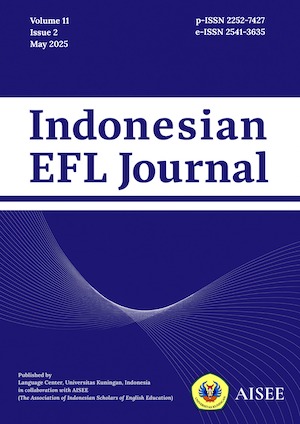METAPHOR SYMBOLS IN MA’PANDAN RITUAL
A Semiotic Study of Roland Barthes
Abstract
Abstract: The ma'pandan ritual is a traditional funeral ceremony in Sumarorong district, Mamasa regency. This ritual is one of the religious rituals of the adherents of the aluktodo belief. The communication system heavily utilizes metaphorical symbols and contains myths. These metaphorical symbols are believed to hold sacred value by their adherents and are strictly prohibited from being violated. In the process, these symbols play a crucial role in establishing the order of ritual actions. This study aims to analyze and explain the system of linguistic signs and the construction of myths in metaphorical symbols derived from the ideology of the aluktodolo belief. This research is qualitative, using Barthes' semiotic approach and participatory data collection techniques. The results of the study found that the procedure for analyzing the sign system to uncover the myths behind these metaphorical symbols goes through three stages of constructing the attributes of the sign system, namely, the attributes of signifier and signified at the denotative level, the connotative level and on the mythological level. In addition, the ideological myths constructed in these metaphorical symbols are derived from the beliefs of aluktodolo and the obedience of aluktodolo adherents to the existence of puang matua as the creator of the universe and life, the existence of deata as the protector of the cosmos and life, and humans themselves as the inhabitants of the cosmos. Conclusion: Barthes' semiotic theory can analyze and explain the meanings of the myth of the metaphorical symbols used in the ma'pandan ritual.
Keywords: ma'pandan; semiotics; symbol; myth; ideological myth.









